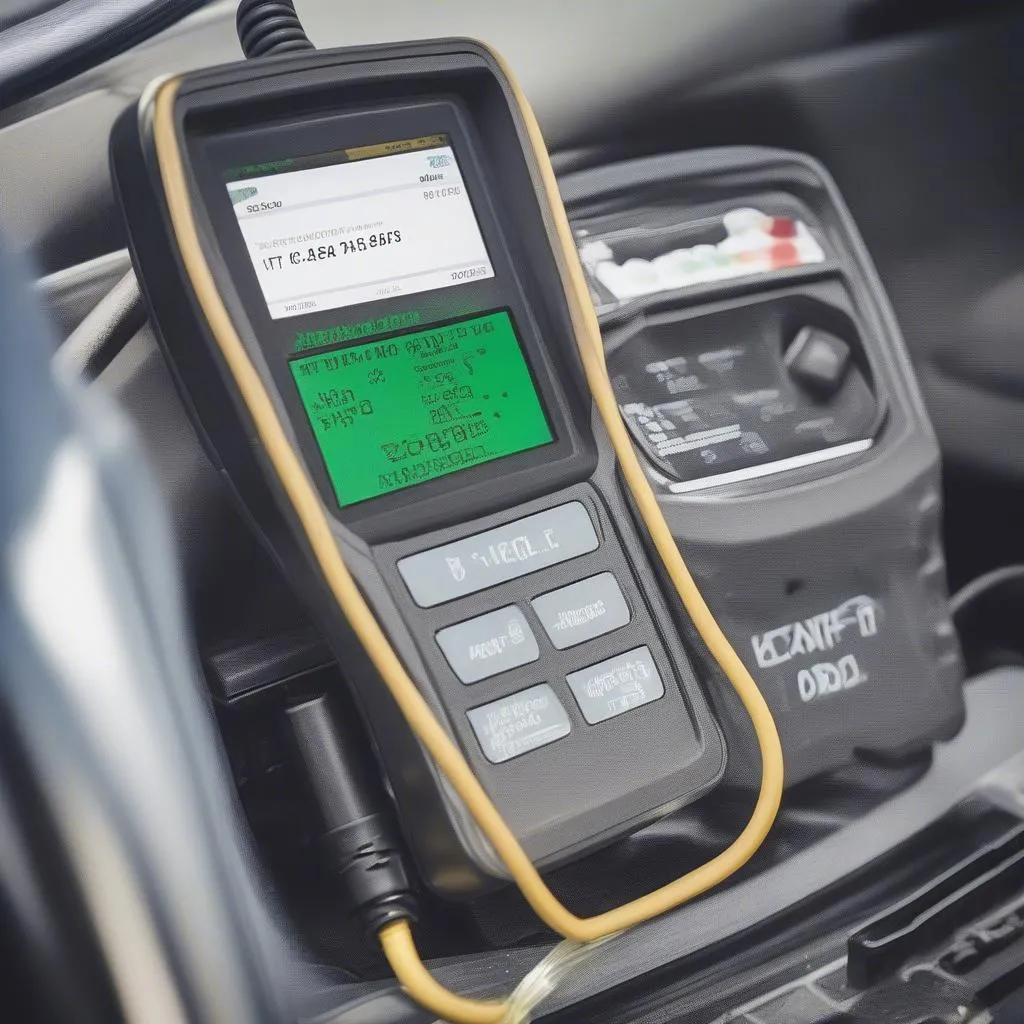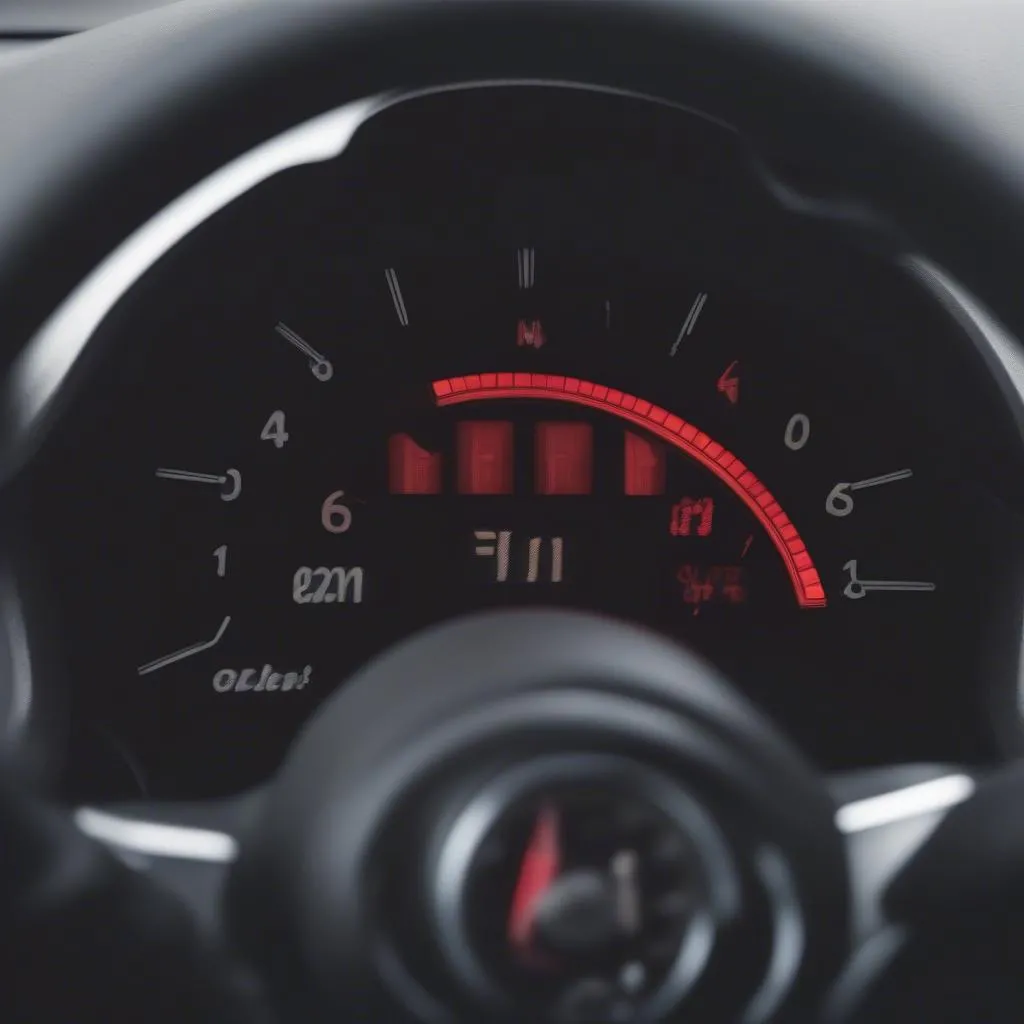Imagine this: you’re cruising down the highway, the wind in your hair, when suddenly, your car’s “Check Engine” light decides to ruin the vibe. Frustrating, right? It’s like your car is trying to speak to you in a secret language. But fear not, fellow driver, because that “secret language” is actually the Obd Trouble Code List – and this article is your Rosetta Stone.
What is an Obd Trouble Code List Anyway?
In simpler terms, it’s your car’s way of telling you something’s wrong. Each code corresponds to a specific issue within your car’s systems. Think of it like this:
“P0101? Ah, that’s my Mass Air Flow sensor acting up again!”
See? Not so scary once you know what you’re looking at.
But understanding the importance of this list goes beyond simply translating car gibberish. It’s about empowerment.
Why Should You Care About OBD Trouble Codes?
- Save Money: Early detection often means cheaper repairs. Ignoring a “check engine” light can lead to costlier problems down the road.
- Peace of Mind: Understanding the problem can alleviate the anxiety of the unknown. No more imagining worst-case scenarios at every strange noise.
- DIY Diagnostics: For the mechanically inclined, OBD codes can be your best friend, allowing you to diagnose and potentially even fix some issues yourself.
 OBD Scanner
OBD Scanner
Diving Deeper: How to Use an Obd Trouble Code List
- Get Yourself a Scanner: An OBD-II scanner is your key to unlocking the code. They’re readily available online and at auto parts stores.
- Locate Your OBD-II Port: Usually, it’s under the driver’s side dashboard.
- Plug in and Scan: The scanner will retrieve the code.
- Consult the List: Find your code on an OBD trouble code list. You can find these lists online or in repair manuals.
- Interpret and Act: Armed with this knowledge, you can either start researching the issue yourself or head to a trusted mechanic with a better understanding of the problem.
Common OBD Trouble Codes and What They Mean
- P0420: A common code, this often indicates a problem with your catalytic converter.
- P0300: This one points to a possible engine misfire, which can be caused by various issues like faulty spark plugs or ignition coils.
- P0171: This code suggests your engine is running lean, meaning there’s too much air in the air-fuel mixture.
Remember, these are just a few examples. There are hundreds of codes, and their meanings can vary slightly between car manufacturers.
 Car Dashboard
Car Dashboard
Beyond the Technical: OBD Codes and the Bigger Picture
Now, some might find it strange to bring spirituality into the world of car repairs. But think about it – cars, like us, have their own energy. When something’s off balance, that energy is disrupted.
While we don’t recommend using crystals to heal your car’s check engine light (though, hey, if it works…), the principle remains the same: Pay attention to the signs, seek understanding, and restore balance.
Ready to Take Charge of Your Car’s Health?
Whether you’re a seasoned mechanic or a car novice, understanding OBD trouble codes is crucial for every car owner. It’s about taking control, feeling confident, and ensuring a smooth ride for miles to come.